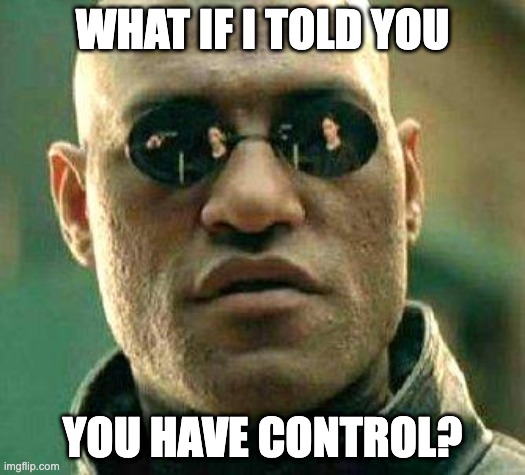Demands ...
What if I told you that your time was limited? That the number of things you could get done in any given period was limited? You’d probably say “I know that.” And you do. You know you can’t do everything, and you know you can’t do everything at once. However, you’re not in control of what you need to do. Hopefully you’re involved in the decision, but while the how is often fully on the development team, the what and the why usually aren’t.
But what if I told you that you are in complete control of a big part of what you need to do? Broadly speaking, you can split what you need to do into two categories. The things you need to do to add value, and the things you need to do to because of things you did to yourself.

Adding customer value is pretty straightforward. A new feature. A new capability. Automating the manual. That’s the value demand. The demand on your time/capability where the result is customer value. And providing customer value is what we’re all here for.
The other category, things you need to do because of things you did to yourself, is the set of demands on your time that includes things like keeping the lights on, responding to customer issues, bug fixes, outage response, and other similar “customer service” demands.
That’s what Vanguard calls Failure Demand. They’re even more prescriptive about what Failure Demand is. To them:
It is demand caused by a failure to do something or do something right for the customer. Customers come back, making further demands, unnecessarily consuming the organization’s resources because the service they receive is ineffective.
Put that way, it’s simple. Everything is relative to the customer (internal or external). Add up the two things and that’s the total demand. The amount you do is constrained, so for a given amount of capacity, to maximize value demand met, you minimize failure demand met.

Sure, you could just not do the failure demand, and for a short time you can get away with it. But do it for too long and you lose customers because no matter how much value you think you’re adding, they aren’t getting enough value because of the failure demand they’re living with. A much more sustainable way of dealing with it is to minimize the amount of failure demand that your customers are generating. You do that by moving a little slower. By being more careful to finish what you’re doing. To not release those issues in the first place.
You can’t know everything up front, and you will learn things from releasing, but by paying attention to what you’re doing, by having sufficient testing, by making things resilient, by improving quality overall, you reduce failure demand.
Which naturally gives you more capacity to respond to value demand.
